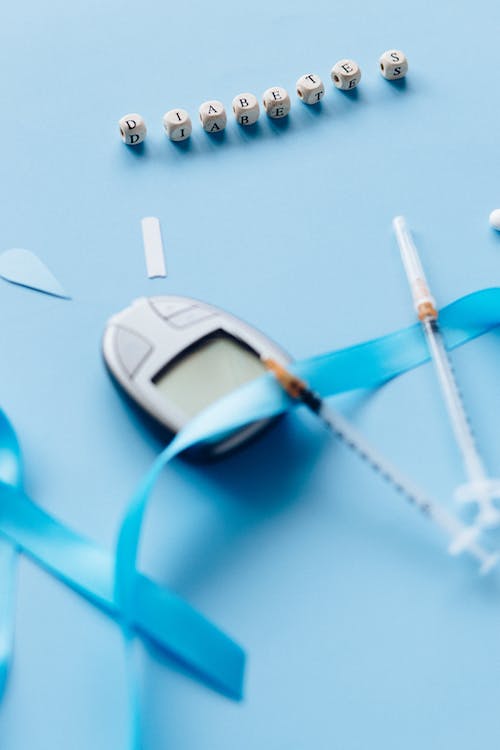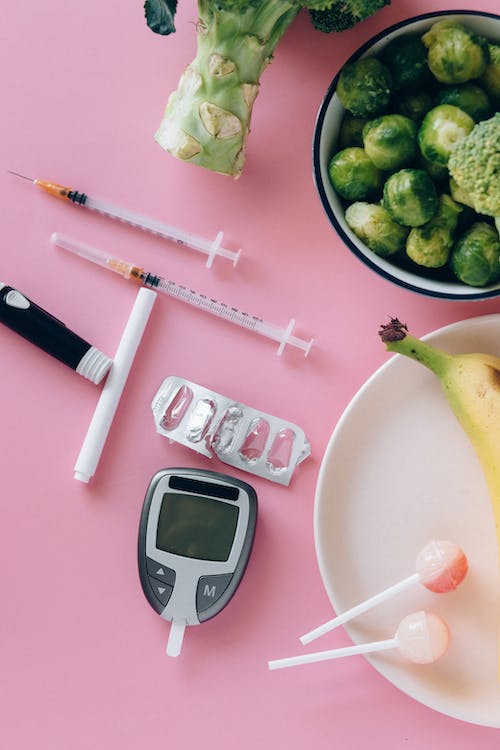Every diabetes patient needs to maintain optimum blood glucose levels to ensure the body is healthy. Keeping the blood glucose levels at optimum may be challenging for some people; this is where a glucose monitoring system comes in.
There are two types of glucose monitoring systems. There is the blood glucose monitory system that measures the levels of sugar levels are a single moment in time and the continuous glucose monitoring system that continuously measures the level of blood sugar throughout the day and night. A continuous glucose monitoring system also alerts you when the sugar levels are too low or too high.
What Is The Difference Between A Continuous A BGM And CGM?
 A CGM (continuous monitoring system) works through a sensor inserted under the skin. The insertion process is painless, so you have nothing to worry about. A CGM device has a spring-loaded applicator that applies the sensor fast at the belly or back of your arm.
A CGM (continuous monitoring system) works through a sensor inserted under the skin. The insertion process is painless, so you have nothing to worry about. A CGM device has a spring-loaded applicator that applies the sensor fast at the belly or back of your arm.
The sensor is designed to measure interstitial glucose levels. The interstitial fluid is the fluid found in between the cell. The sensors measure the glucose levels and send the day to your tracking app on your phone.
The BGM (blood glucose meter), on the other hand, works differently from a CGM and involves blood sampling. You will need to prick your finger using a finger stick and apply the drop of blood to a test strip. The BGM then measures the sugar levels on the test strip and shows the results on the screen of the measuring device.
Since a BGM measure the sugar levels in the blood while a CGM measure the sugar levels in the interstitial fluid, the results might not match up precisely. A CGM device can be worn for up to 7 days, while a BGM can only tell the blood sugar levels as a snap shot in time, but you cannot tell the blood sugar levels throughout the day.
What Are The Benefits Of Using A CGM Device?
A CGM device allows you to track your blood sugar levels throughout the day and night. Here are some benefits of a CGM device:
- You will be able to make an informed decision on how to balance your food, physical activity, and stress levels based on the glucose level tracking
- You will experience fewer emergencies with low blood sugar since a CGM device can help you predict the low sugar levels 20 to 30 minutes before.
- It is less invasive, and there is no need for regular finger pricking, as with a BGM.
Finally, you can download all the blood glucose data in real time on your phone to track your glucose trends.
Frequently Asked Questions (FAQs)
 How Long Can You Wear A CGM?
How Long Can You Wear A CGM?
The sensor on a CGM captures glucose levels continuously for 14 days only. It is important to note that a CGM device is a one-time use only, and you will need to discard the sensor after two weeks.
What Is A Flash Glucose Monitor (FGM)?
A flash glucose monitor (FGM) is a more advanced version of the CGM system. It does not require any calibration, and this is only possible due to the development of technology. A CGM device usually requires calibration at least twice a day. You need a BGM to calibrate a CGM, so you will always need both devices to monitor your blood sugar levels. This is, however, not the case with an FGM.
Who Need A CGM System?
While most people think CGM is only for people with diabetes, the system can be used beyond diabetes management. The system can also be used by anyone who wants to:
- Develop an optimized nutrition plan
- Optimize their health
- Understand and control their blood glucose levels
- Focus on preventing diabetes
- Improve their glycemic control and reduce the risk of developing type 2 diabetes or prediabetes
- Optimize their performance, especially for athletes and ketogenic
Do you want to learn how to manage type 2 diabetes better? Visit Columbia Medical Continuous Glucose Monitoring Systems (CGMS). We are experts in continuous glucose monitoring devices to help you manage Type 1 and Type 2 diabetes with no finger sticks!






 We are experts in Continuous Glucose Monitoring Systems (CGMS). Our CGM devices will help you efficiently manage Type 1 and Type 2 diabetes with No Fingersticks!. Abbot’s Freestyle Libre System will track the glucose levels in your blood and help you determine how much insulin you will need and when you will need it!
We are experts in Continuous Glucose Monitoring Systems (CGMS). Our CGM devices will help you efficiently manage Type 1 and Type 2 diabetes with No Fingersticks!. Abbot’s Freestyle Libre System will track the glucose levels in your blood and help you determine how much insulin you will need and when you will need it!